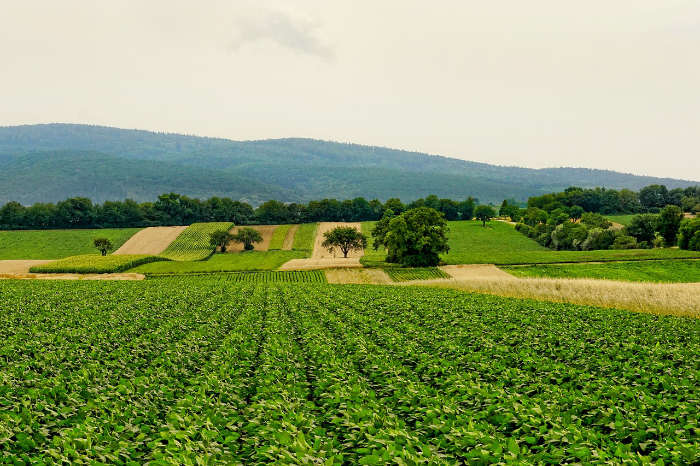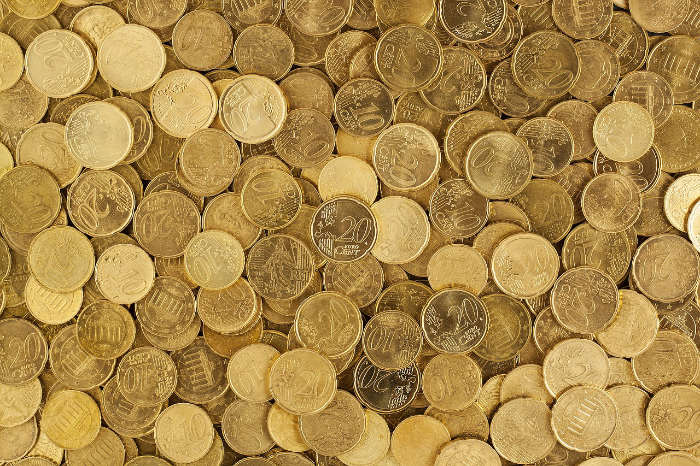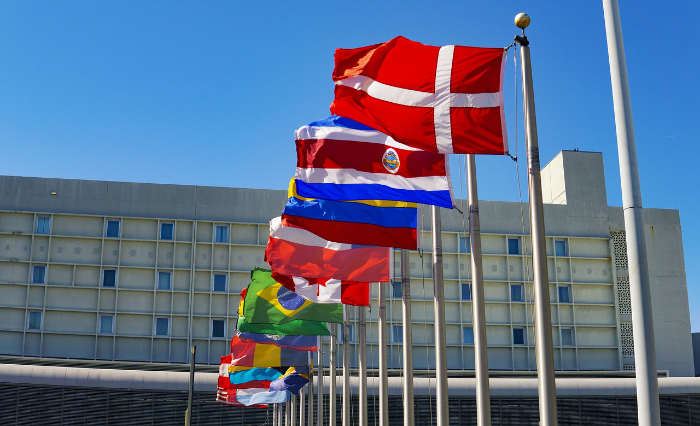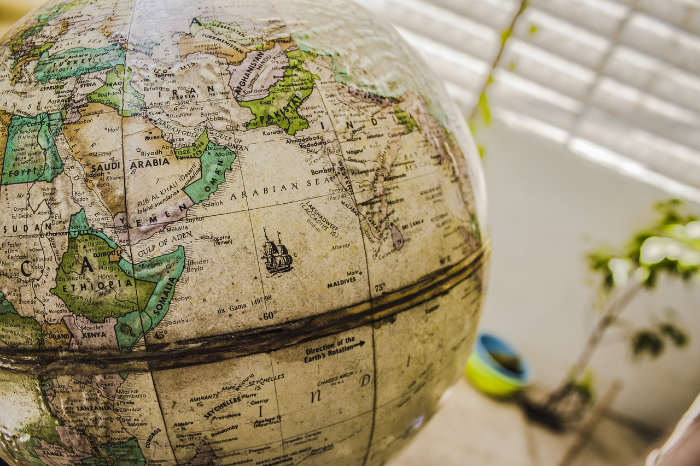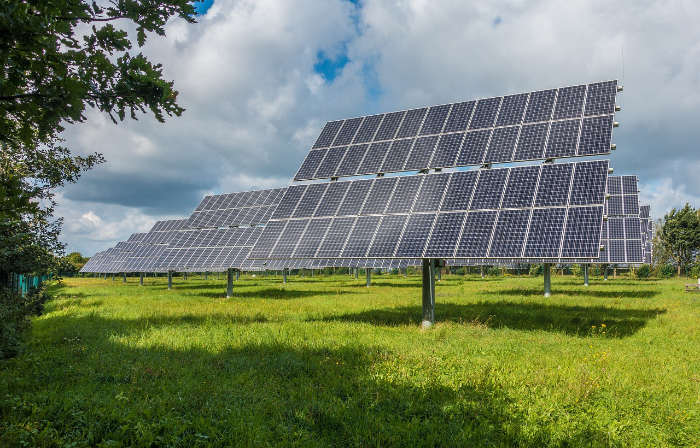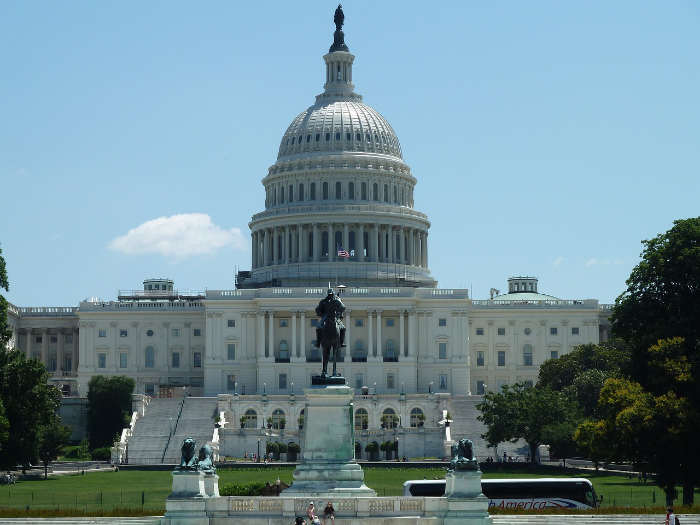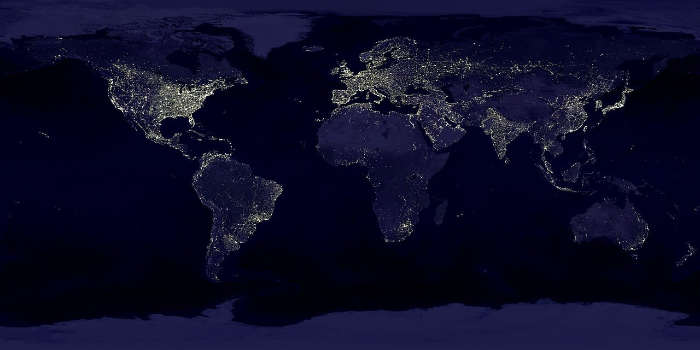Worst Countries to Live in 2025
Country | Misery Index 2024↓ | Misery Index Major Contributing Factor 2024 | |
|---|---|---|---|
| Sudan | 375 | Inflation | |
| Argentina | 196 | Inflation | |
| Syria | 188 | Unemployment | |
| Yemen | 163 | Inflation | |
| Turkey | 121 | Lending Rate | |
| Venezuela | 118 | Unemployment | |
| Zimbabwe | 109 | Lending Rate | |
| Lebanon | 87.7 | Unemployment | |
| Malawi | 80.3 | Lending Rate | |
| Eswatini | 79.9 | Unemployment | |
| Angola | 77.8 | Inflation | |
| South Africa | 75 | Unemployment | |
| Madagascar | 71.4 | Lending Rate | |
| Myanmar | 69.9 | Inflation | |
| Haiti | 68.8 | Unemployment | |
| Iran | 65.8 | Inflation | |
| Egypt | 64.4 | Inflation | |
| Sao Tome and Principe | 63.9 | Unemployment | |
| Gabon | 61.8 | Unemployment | |
| Djibouti | 60.6 | Unemployment | |
| Bosnia and Herzegovina | 60 | Unemployment | |
| Ukraine | 58.7 | Unemployment | |
| Nigeria | 57.6 | Inflation | |
| Botswana | 57.3 | Unemployment | |
| Ghana | 57 | Lending Rate | |
| Brazil | 55.6 | Lending Rate | |
| Republic of the Congo | 55.3 | Unemployment | |
| Jordan | 51.2 | Unemployment | |
| Iraq | 50.6 | Unemployment | |
| Namibia | 50.5 | Unemployment | |
| Lesotho | 48.9 | Unemployment | |
| Zambia | 48.6 | Inflation | |
| Uzbekistan | 45.3 | Lending Rate | |
| Tunisia | 45 | Unemployment | |
| Libya | 44.1 | Unemployment | |
| Pakistan | 42.5 | Unemployment | |
| Colombia | 42 | Unemployment | |
| Rwanda | 40.4 | Unemployment | |
| Suriname | 38.9 | Lending Rate | |
| Gambia | 38 | Lending Rate | |
| Central African Republic | 37.5 | Lending Rate | |
| Kazakhstan | 36.6 | Lending Rate | |
| Mauritania | 36.2 | Unemployment | |
| Georgia | 35.7 | Unemployment | |
| Burundi | 35.6 | Inflation | |
| Nepal | 35.4 | Lending Rate | |
| Guinea | 35.3 | Lending Rate | |
| Dominican Republic | 35.1 | Lending Rate | |
| DR Congo | 34.7 | Lending Rate | |
| Ethiopia | 33.9 | Inflation | |
| Honduras | 33.9 | Unemployment | |
| Algeria | 33.7 | Unemployment | |
| North Macedonia | 32.5 | Unemployment | |
| Morocco | 31.4 | Unemployment | |
| India | 31.3 | Lending Rate | |
| Paraguay | 31 | Lending Rate | |
| Armenia | 30.9 | Unemployment | |
| Mongolia | 29.8 | Lending Rate | |
| Iceland | 29.7 | Lending Rate | |
| Russia | 28.7 | Lending Rate | |
| Kenya | 28.4 | Lending Rate | |
| Cuba | 28.4 | Inflation | |
| Peru | 28.3 | Lending Rate | |
| Cape Verde | 28.2 | Unemployment | |
| Uruguay | 28 | Unemployment | |
| Montenegro | 27.7 | Unemployment | |
| Kyrgyzstan | 27.6 | Lending Rate | |
| Estonia | 27.6 | Unemployment | |
| Spain | 27.5 | Unemployment | |
| Saudi Arabia | 27.4 | Unemployment | |
| Chile | 27.2 | Unemployment | |
| Bangladesh | 26.8 | Lending Rate | |
| Laos | 26.4 | Lending Rate | |
| Albania | 25.8 | Unemployment | |
| Bolivia | 25.7 | Lending Rate | |
| Equatorial Guinea | 25.6 | Unemployment | |
| Mozambique | 25.5 | Lending Rate | |
| Serbia | 25.5 | Unemployment | |
| Greece | 25.3 | Unemployment | |
| Jamaica | 25.3 | Unemployment | |
| Azerbaijan | 24.9 | Lending Rate | |
| Chad | 24.7 | Lending Rate | |
| Uganda | 24.1 | Lending Rate | |
| Vanuatu | 23.9 | Unemployment | |
| Finland | 23.7 | Unemployment | |
| Romania | 23.6 | Unemployment | |
| Sweden | 23.1 | Unemployment | |
| New Zealand | 23 | Lending Rate | |
| Bahamas | 22.4 | Unemployment | |
| Hungary | 22.1 | Lending Rate | |
| Liberia | 21.6 | Lending Rate | |
| Belgium | 21.5 | Unemployment | |
| Panama | 21.5 | Unemployment | |
| Tanzania | 21.2 | Lending Rate | |
| Portugal | 21 | Unemployment | |
| Moldova | 20.9 | Lending Rate | |
| Canada | 20.8 | Unemployment | |
| Lithuania | 20.8 | Unemployment | |
| Mauritius | 20.8 | Unemployment | |
| Poland | 20.7 | Unemployment | |
| Burkina Faso | 20.6 | Unemployment | |
| Ecuador | 20.1 | Lending Rate | |
| Mexico | 19.9 | Lending Rate | |
| Mali | 19.5 | Inflation | |
| Comoros | 19.5 | Lending Rate | |
| United Kingdom | 19.2 | Unemployment | |
| Italy | 19.1 | Unemployment | |
| Latvia | 18.9 | Unemployment | |
| Australia | 18.8 | Lending Rate | |
| Costa Rica | 18.7 | Unemployment | |
| France | 18.2 | Unemployment | |
| Guatemala | 18.1 | Lending Rate | |
| Cameroon | 17.4 | Unemployment | |
| Luxembourg | 17.4 | Unemployment | |
| Belarus | 17.3 | Lending Rate | |
| Austria | 17.1 | Unemployment | |
| Dominica | 17.1 | Unemployment | |
| United States | 16.9 | Lending Rate | |
| El Salvador | 16.9 | Unemployment | |
| Nicaragua | 16.8 | Lending Rate | |
| Ireland | 16.8 | Unemployment | |
| Kuwait | 16.8 | Unemployment | |
| Cyprus | 16.8 | Unemployment | |
| Trinidad and Tobago | 16.6 | Unemployment | |
| Israel | 16.3 | Unemployment | |
| Slovakia | 16.3 | Unemployment | |
| Indonesia | 16.1 | Lending Rate | |
| Barbados | 15.7 | Unemployment | |
| Netherlands | 15.2 | Unemployment | |
| Norway | 15 | Unemployment | |
| Philippines | 14.9 | Unemployment | |
| Tonga | 14.8 | Lending Rate | |
| Croatia | 14.6 | Unemployment | |
| Papua New Guinea | 14.4 | Lending Rate | |
| Slovenia | 14.4 | Unemployment | |
| Niger | 14.3 | Lending Rate | |
| Bulgaria | 14.3 | Unemployment | |
| Germany | 13.5 | Unemployment | |
| Oman | 13.4 | Unemployment | |
| United Arab Emirates | 12.7 | Lending Rate | |
| Brunei | 12.6 | Unemployment | |
| Guinea-Bissau | 12 | Lending Rate | |
| Sri Lanka | 11.6 | Lending Rate | |
| Czechia | 11.5 | Unemployment | |
| Denmark | 11.3 | Unemployment | |
| Hong Kong | 10.9 | Unemployment | |
| Cambodia | 10.3 | Lending Rate | |
| Fiji | 10.1 | Unemployment | |
| South Korea | 9.6 | Unemployment | |
| Malta | 9.6 | Unemployment | |
| Malaysia | 9.4 | Unemployment | |
| Singapore | 9.3 | Lending Rate | |
| Japan | 9.2 | Unemployment | |
| Vietnam | 9.1 | Lending Rate | |
| China | 9 | Unemployment | |
| Qatar | 9 | Lending Rate | |
| Bahrain | 8.9 | Lending Rate | |
| Switzerland | 8.6 | Unemployment | |
| Ivory Coast | 8.2 | Lending Rate | |
| Togo | 7.7 | Lending Rate | |
| Taiwan | 6.7 | Unemployment | |
| Thailand | 5 | Lending Rate |
- The Economist’s Hanke’s Annual Misery Index (HAMI) focuses on the economic factors of unemployment, inflation, bank lending rates, and real GDP growth. Social and other non-economic factors such as government corruption or the oppression of women and other minorities are not directly considered (though they may indirectly impact economic factors).
- The annual Human Development Index (HDI) is an arguably more comprehensive metric of overall quality of life in a given country.
Snapshot
-
Countries with political strife, high inflation, unemployment, poor healthcare, and substandard education are considered the worst to live in.
-
The United Nations Human Development Index (HDI) shows Central African countries, including South Sudan and Chad, as having the lowest quality of life.
-
The Hanke Misery Index, focusing on economic factors, lists Venezuela as the worst country to live in due to extreme inflation and unemployment.
Some countries are wonderful places to live. They have stable governments, reasonable prices for consumer goods, plenty of job opportunities, strong social programs, and robust systems for health care, education, and national security. They may even have ample nature spaces, such as national parks, and strong support for the arts and culture. These are general traits of high-income and developed countries, which is usually a nice place to call home.
Unfortunately, in other countries, residents must endure political strife (possibly even violence), rampant inflation, high unemployment, poor health care, substandard education, and uncertain security, with few social programs, let alone support for the arts. Such a troubled land would be an “undeveloped country,” possibly even one of the “least developed countries”, and a much worse place to live. The question is, what is the best way to quickly encapsulate which is which?
Seeking the Sub-standard: How to identify the Worst Countries in which to Live
Several annual metrics are designed to measure the quality of day-to-day life in a given country. Some of these metrics concentrate upon a single aspect of a country—for instance, the Hanke Misery Index focuses upon the economy, knowing that a healthy economy is a strong indicator of the quality of the day-to-day life of a country’s residents. Others, such as the United Nations’ Human Development Index (HDI), compile a wide range of metrics across a half-dozen or more categories for a more overarching, whole-life approach. These different approaches can result in very different lists of the worst countries in the world in which to live.
Top 10 Worst Countries in the World to Live In (United Nations Human Development Index)
Note: Scores rank from 0.0 to 1.0. Higher is better.
Central African and Latin American countries dominate this list. Many of these countries, including Niger, Chad, South Sudan, Mali, and Burkina Faso, are currently at war thanks to civil war, ethnic violence, or terrorist insurgencies. Even in those countries that are not plagued with strife, most people attend school for only a few years, and good jobs are rare, which leaves millions of people living below the poverty line. For example, the average person in Niger attends only 2.1 years of school, and the country’s Gross National Income (GNI) per capita is $1,750 PPP. To put that in perspective, top-ranked Switzerland (HDI .967) has a per capita GNI of $90,080, and its citizens attend 13.9 years of school on average. A full list of the most recent HDI rankings can be found on our HDI by country page.
Top 10 Worst Countries in the World to Live In (Hanke Misery Index 2020)
The misery index was originally introduced by the late Arthur Okun, a Yale University economist, as a way to track the U.S. economy. More recently, Johns Hopkins economist Steve Hanke expanded the concept to include 156 countries and established an annual ranking of the world’s best and worst countries to live in from an economic perspective. The misery index is simple in concept. The equation adds together the unemployment rate, inflation rate, and bank lending rate, then subtracts the percentage change in real GDP per capita. For most developed countries, the misery index hovers between a very good 0.00 and a passable 20.00. However, it is possible in extreme cases for a country to score so well that its misery index is a negative number—for example, in 2020, oil reserves were discovered in Guyana, resulting in a 25% boost in GDP per capita and a -3.3 misery index.
On the other hand, 2023’s worst country in the world to live in, Argentina, exemplifies the harshest side of this equation. This marks Argentina’s troubling position atop the Misery Index rankings, due to a staggering misery index score of 322. With an annual inflation rate of 211.4% , an unemployment rate of 6.18% , and a GNI per capita of $28,710, Argentina has come ahead of previous frontrunners, Venezuela specifically, pointing to substantial ongoing challenges. Given these facts, Argentina looks positioned to keep its unfortunate claim to fame as the worst country to live in for some time to come.






